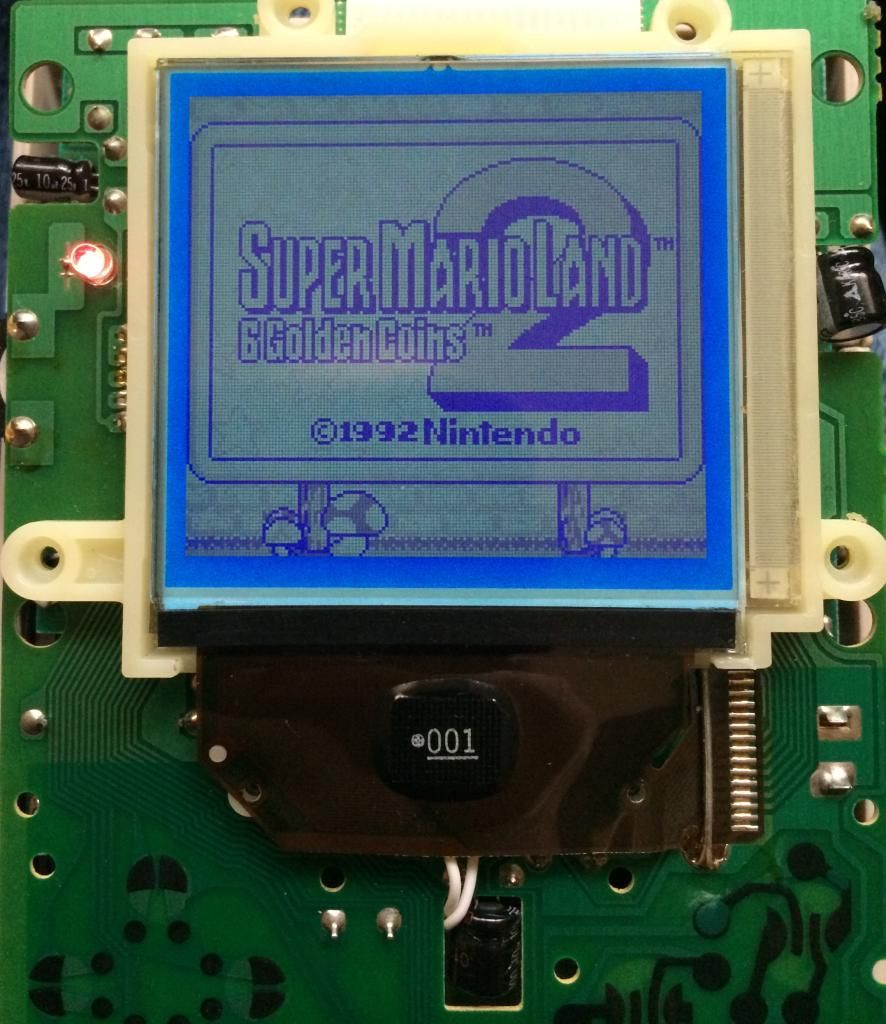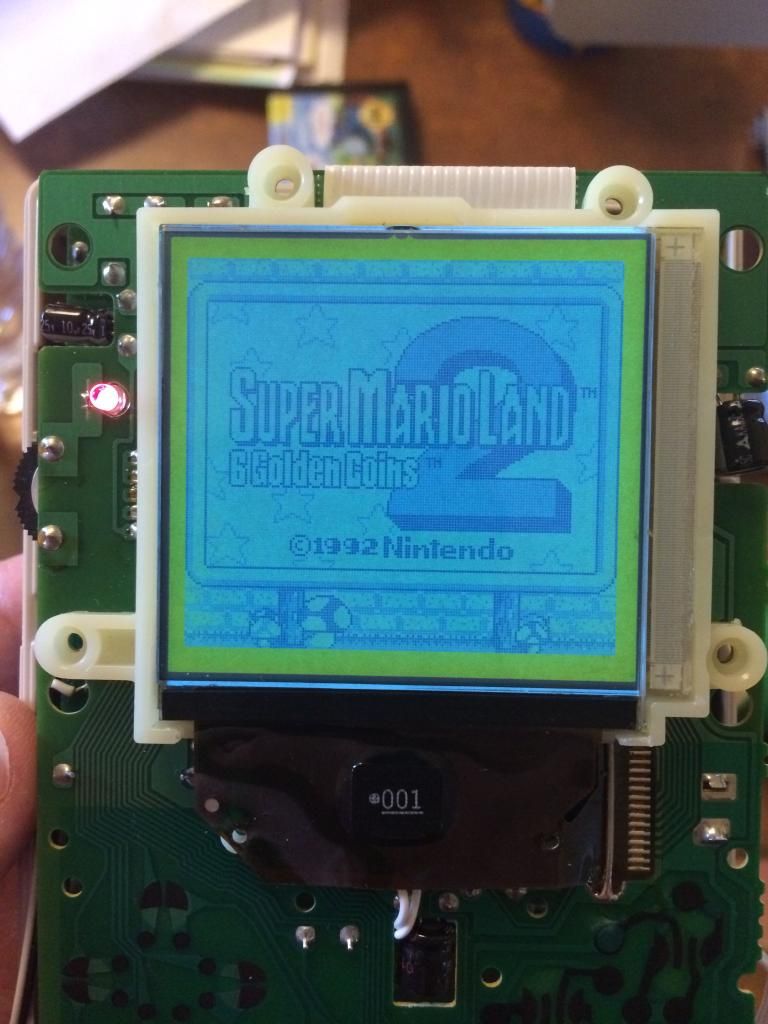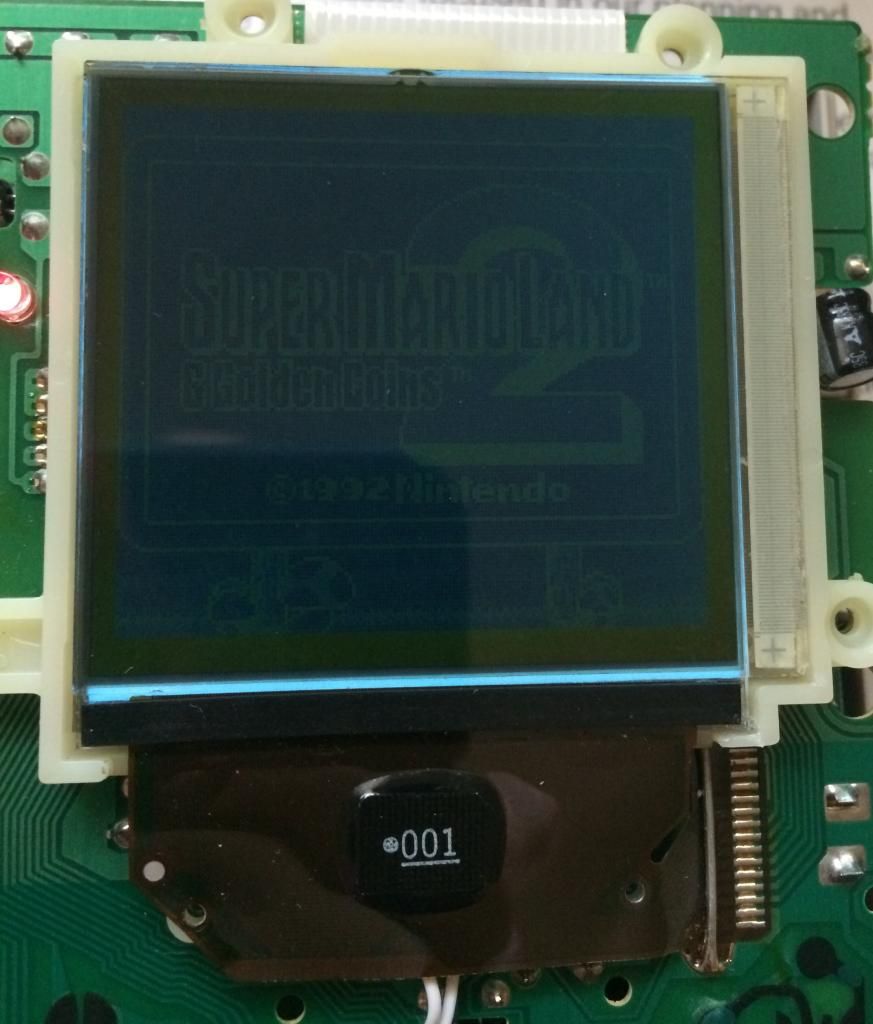2 Sep 12, 2014 7:08 am
Re: DMG backlight/bivert problem (14 replies, posted in Nintendo Handhelds)
That's a very good tip for the newbs like me. Photobucket seems to be down at the moment, but I'll post a picture of it working as soon as I can. This backlight really does look great. The noise from the power inverter isn't ideal, but I can live with it.
3 Sep 10, 2014 5:58 pm
Re: DMG backlight/bivert problem (14 replies, posted in Nintendo Handhelds)
Thank you! That's exactly what the problem was. It peeled off with no problem and everything is working as expected now
4 Sep 10, 2014 5:25 pm
Re: DMG backlight/bivert problem (14 replies, posted in Nintendo Handhelds)
Thanks for your reply. That's correct, I peeled both layers off the back side of the LCD and it looked clear when done. They did not come off cleanly so it took a lot of work to get it all removed. I was worried I would damage the ribbon cables to the LCD in the process, but got lucky.
There is just a clear layer and a "foil", right? If there's something additional then I definitely could have missed that...
6 Sep 10, 2014 2:20 pm
Topic: DMG backlight/bivert problem (14 replies, posted in Nintendo Handhelds)
Hi, I'm hoping someone can shed some light on what I'm doing wrong or what I'm missing with my dmg backlight/bivert.
I started off by installing an el backlight and placing the polarized film in the "normal" position. This gave me a backlit dmg with the standard color palette.
After this, I installed a hex inverter and tested it again. I now had a backlit, inverted image as expected.
To complete the "biversion" I rotated the polarized film 90 degrees. However, in this position the polarized film seems to just be blocking all light rather than doing an additional inversion as expected. Does anyone have any ideas where I'm going wrong? Do I simply need a new/different polarized film?
Thanks!



